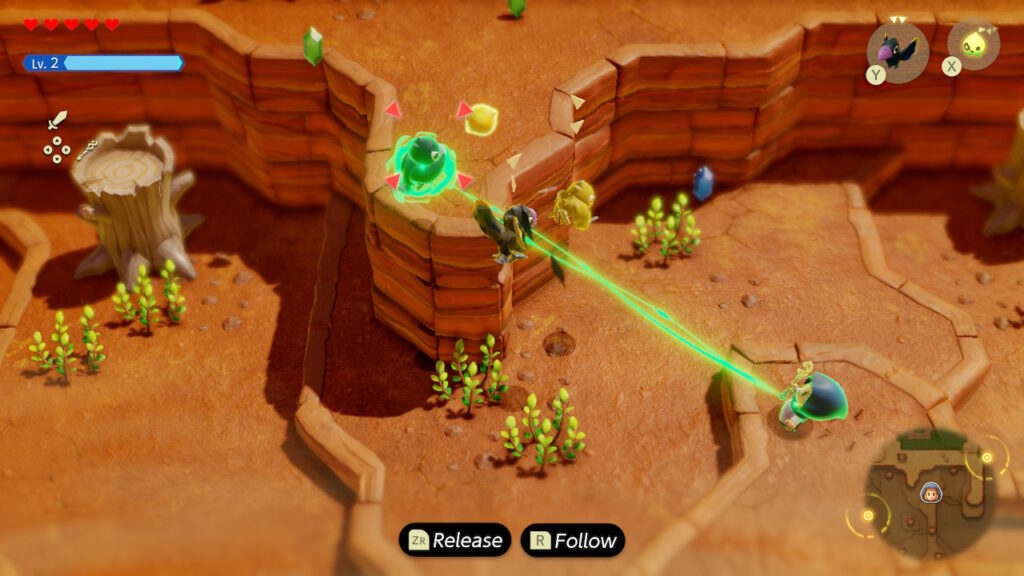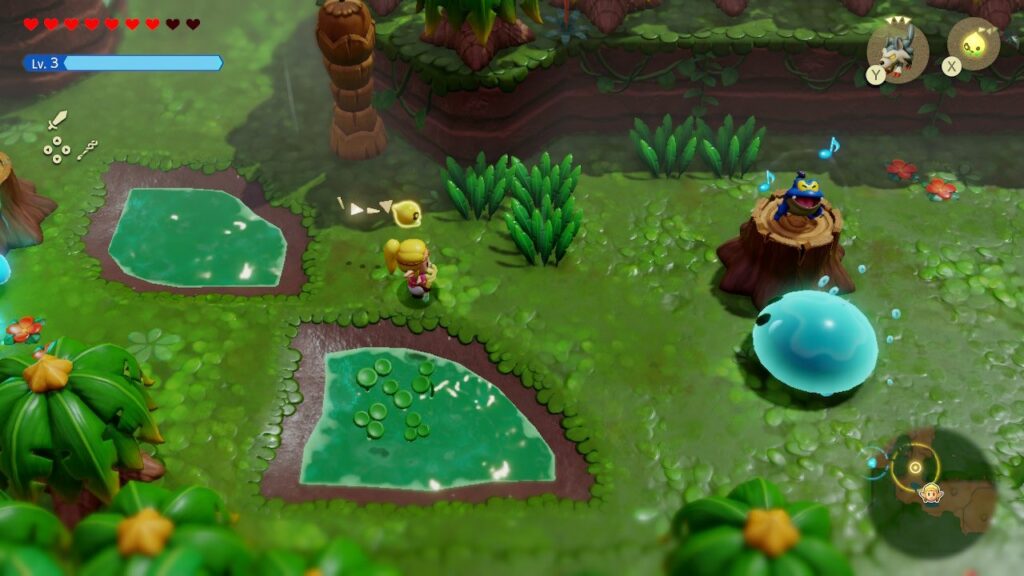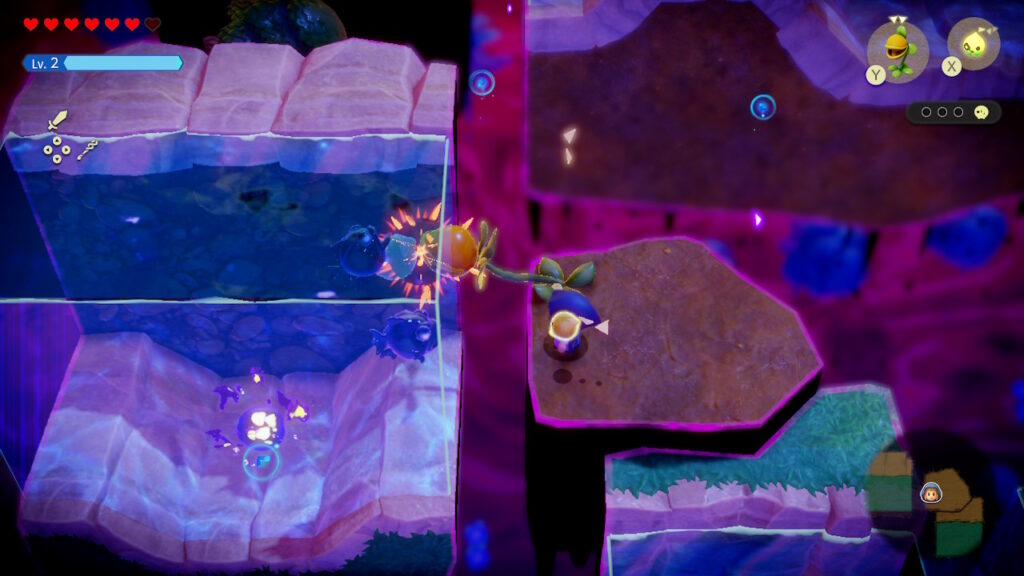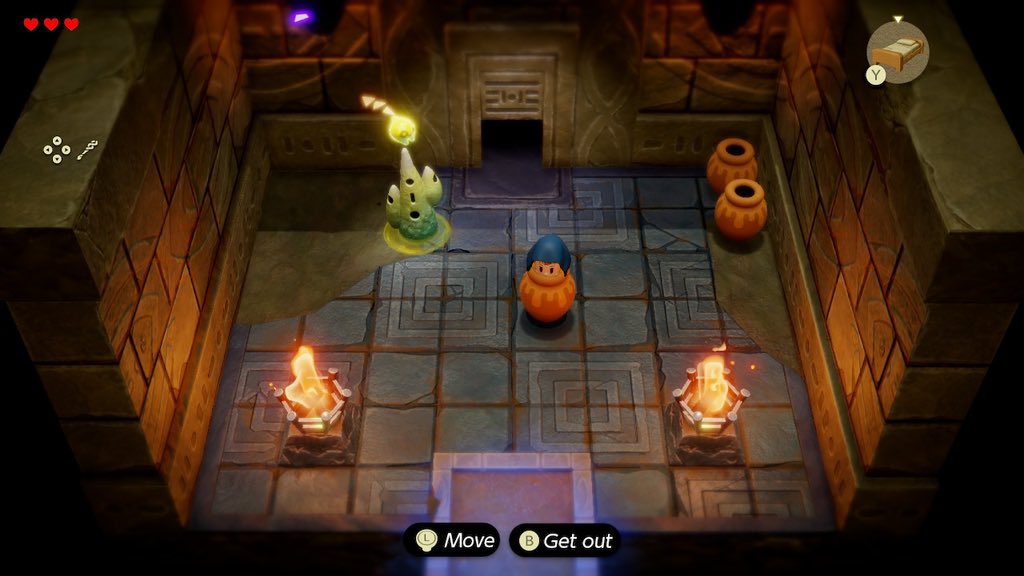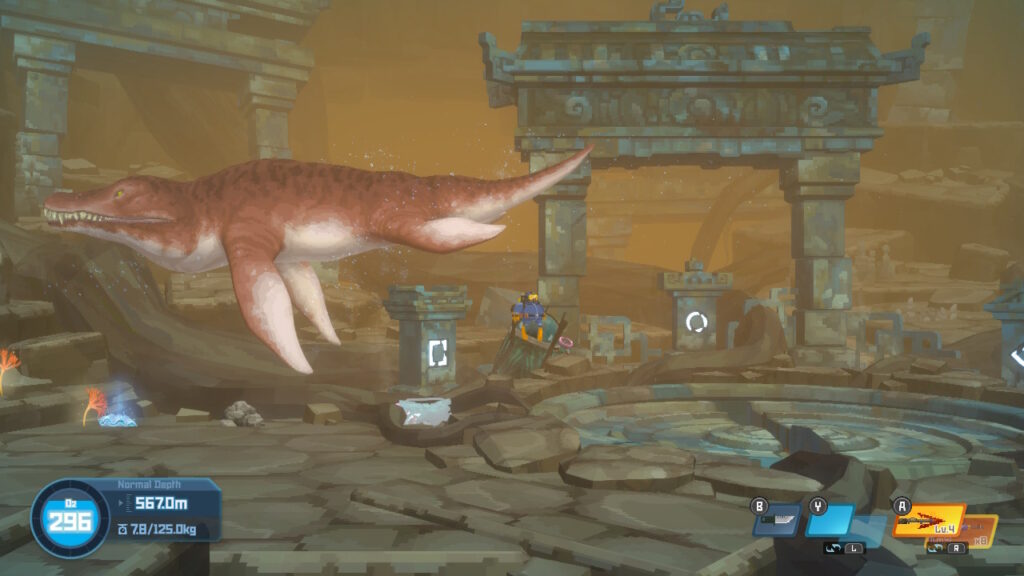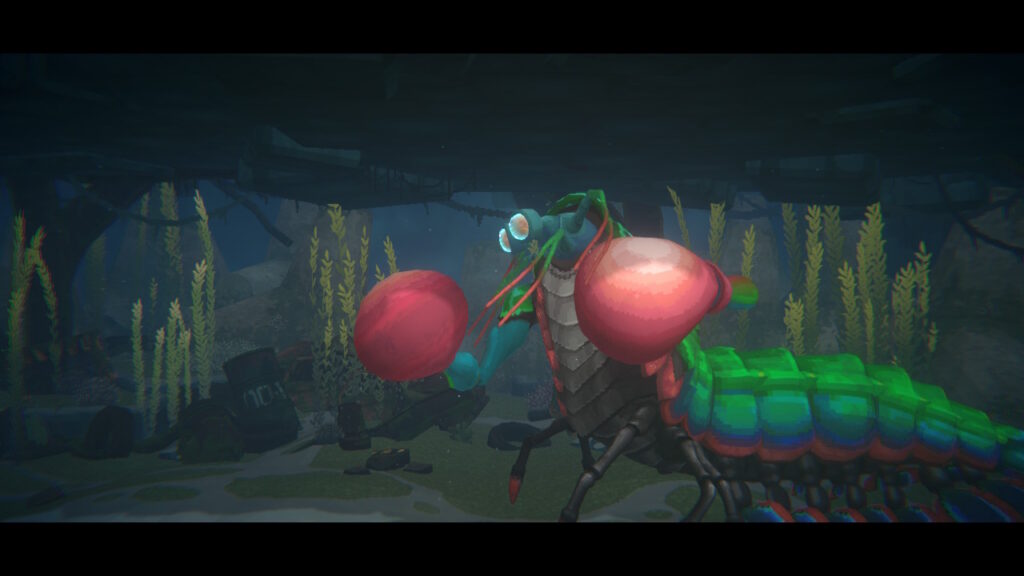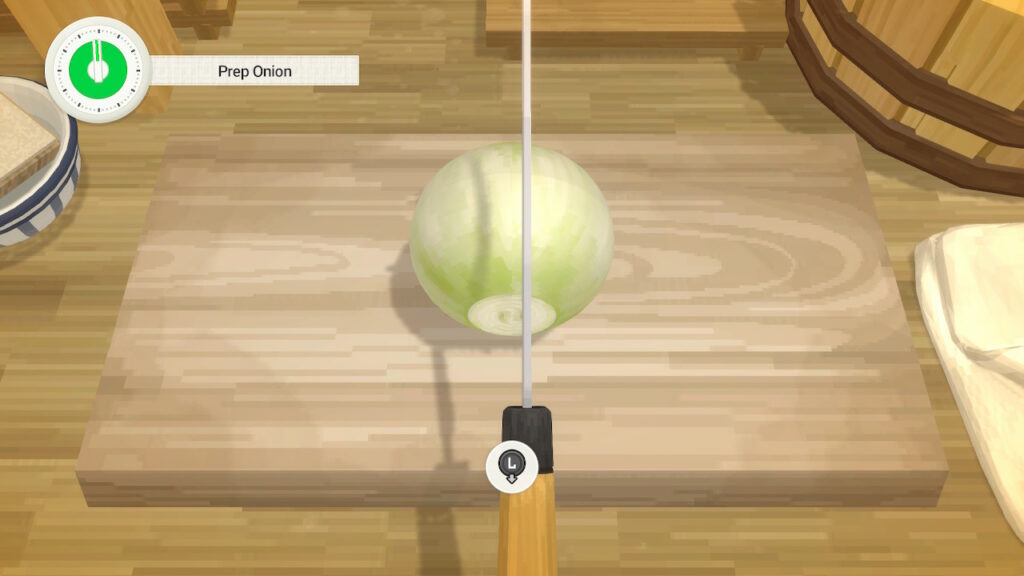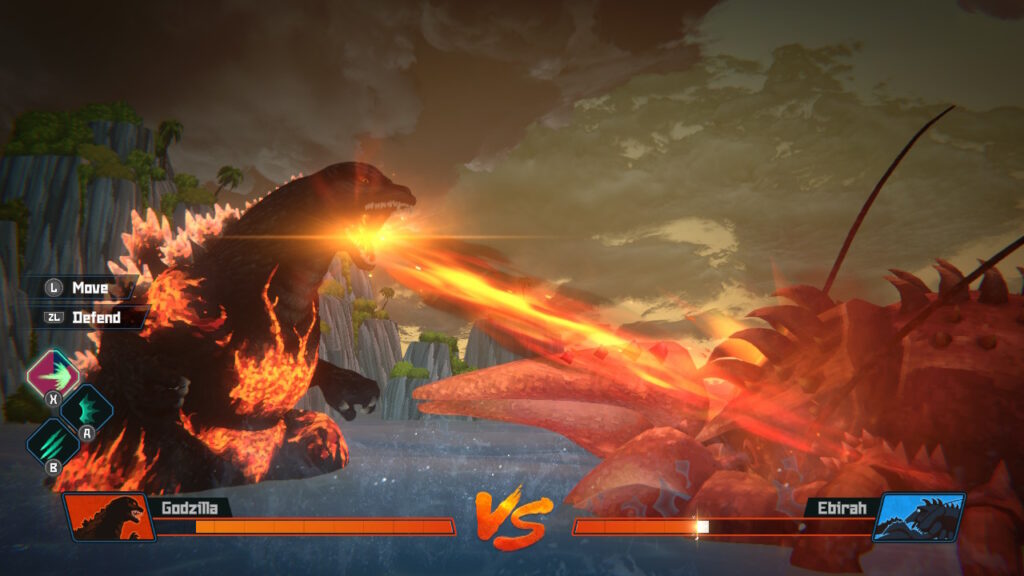- Genre: Metroidvania
- Platform: Switch
- Also Available On: PC
Metroidvanias are usually an easy to pick breather for me in between longer RPG runs, and we were definitely in one of those. After Metaphor and Mario & Luigi back to back I needed a break. This one kind of fell into my lap via my backlog randomizer, but it chose well. This is a compact experience with solid combat and great movement that really hit what I needed out of it.
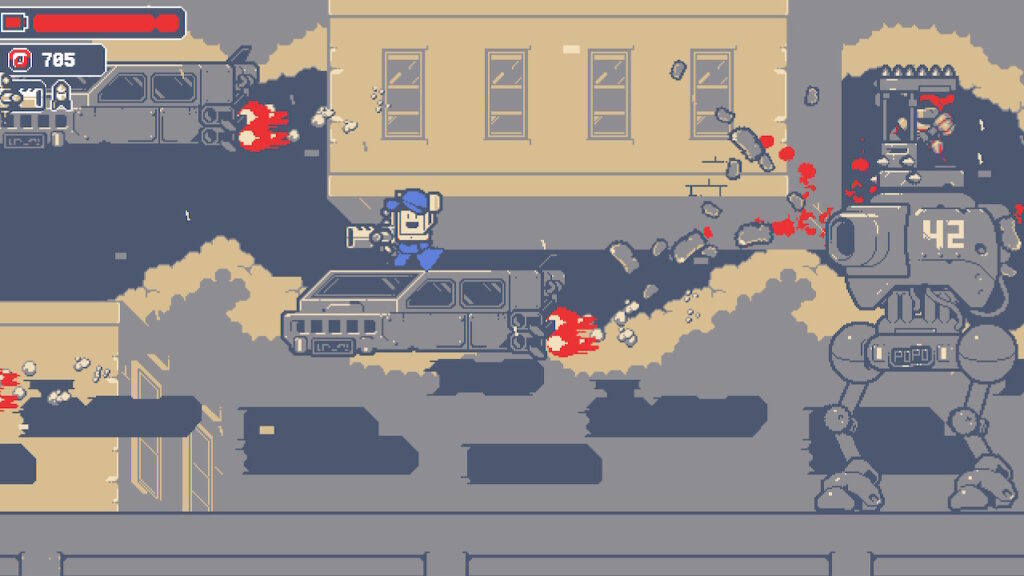
The thing that really stood out at the start was how fast the game was. This has such a smooth movement set that really just worked and continues to get better as the game continues. Core movement is fast on its own, which prevents the game from dragging. You then get the kunai that act like a typical grappling hook. This adds a bunch of possibilities for vertical movement up walls as well as even faster horizontal movement. You then get double jumps to cover gaps and eventually an SMG that you can shoot down to hover to cover even LARGER gaps. Finally, you get a dash to extend your movement even further.
All of the movement feels like it’s in service to reduce friction in moving through the environment. The unfortunate thing is that despite it improving the main story line, I don’t think it really does much to improve retraversal. Ultimately this feels like more of a problem of the core path than the movement mechanics but there just isn’t that much reason to retraverse most areas. You’ll go into an area, maybe hit a few areas a second time on the wya out, then really not see it again. In a couple of cases you retraverse through old areas late in the game, but for the most part the central hub of the game is so conveniently located that you just go through it instead of old areas. If I wanted to do a 100% run I’d have visited more, but just to complete the game there wasn’t much reason.
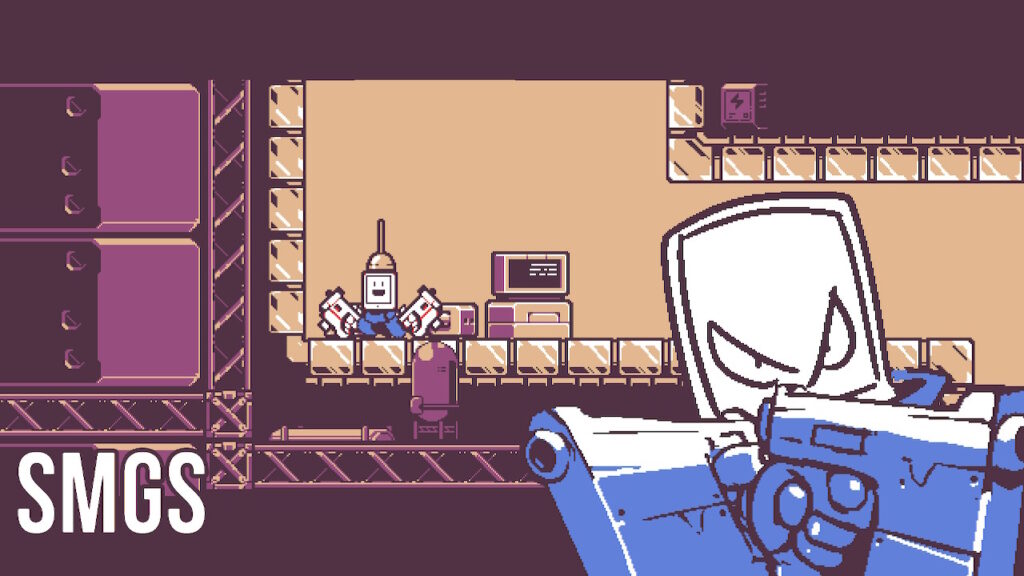
The second thing that really stood out to me was how much combat changed over time, but also how naturally the change felt. The first half of the game is entirely melee driven, and it starts that way early. You get a katana and learn to use it both at close range and for deflecting projectiles coming at far range. The use of it opens up more as you get traversal mechanics – for example using the kunai to grapple and reposition. This on its own feels incredibly tight and fun. It’s obviously pretty simple and wouldn’t have had legs to support an entire game, but it’s incredibly effective as the opening half. It’s when ranged starts to come in that things really change.
The first ranged thing you get is a throwing star. Its main use in combat is less for damage and more for its stun capability. Being able to stun larger enemies brings them from things that need at least a bit of thinking to something that you can run over, and as a power curve thing it felt well timed to right around when fighting the larger enemies is becoming a bother. Once the speed of stunning starts to become bothersome, you get the SMG. Besides its traversal hover utility, this is pure damage. This allowed me to start taking out enemies as I moved. In large packs I would still need to slow down a bit, but ultimately I was getting rid of targets quicker. The rocket launcher finished converting the game into something entirely different. Now rather than slowing down I was simply lobbing rockets and watching everything explode. The power curve changes allowed the game to slowly morph into a ranged-centric game in a way that felt entirely natural.
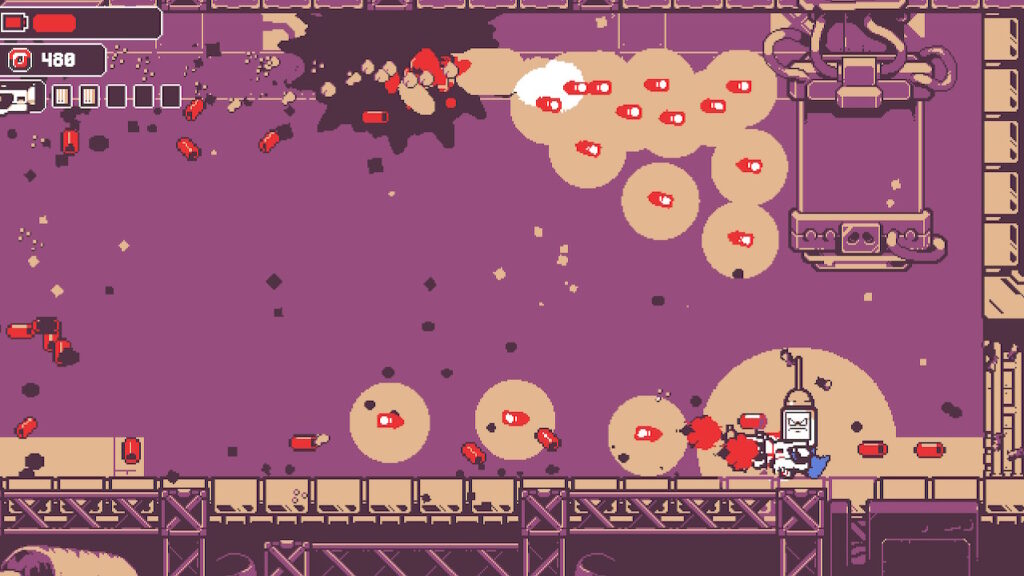
The thing that impressed me about this was that while it made getting through trash quicker, the bosses were clearly designed with this change in mind. Each boss felt like a test of the new things you gained. Early bosses were largely stationary, allowing you to dodge attacks and get in close range for melee damage. As you gained ranged weapons, bosses started requiring those because they were fast or had a lot of movement or just stayed out of range. By the final boss, I was basically using all traversal while lobbing rockets to get splash damage and focusing purely on dodging. It was such a smooth transition that I didn’t think about it, but in hindsight it was handled much better than a lot of games handle the change.
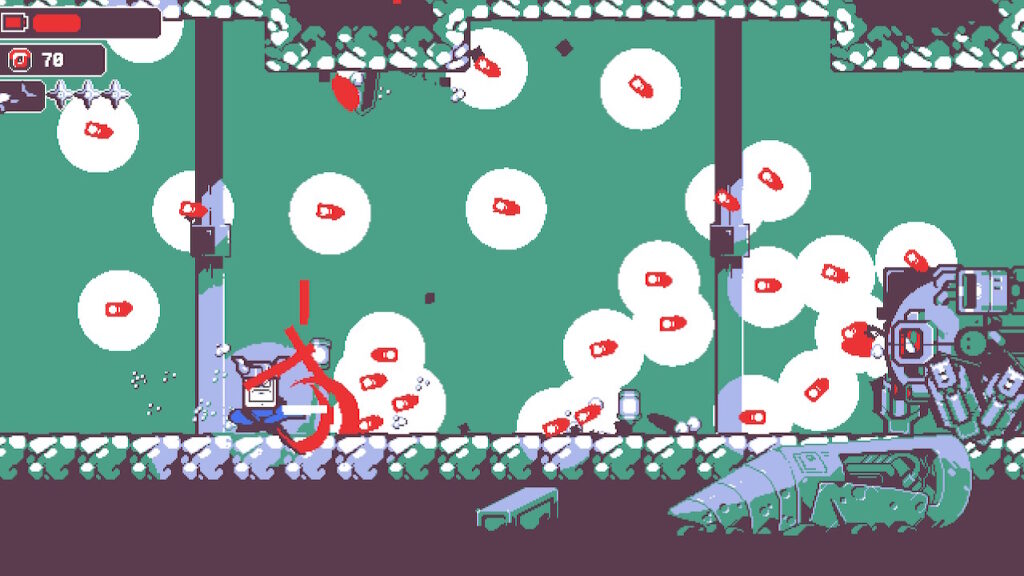
I wouldn’t say that this is necessarily a game of the year candidate from the year it came out, but it didn’t necessarily need to be. In simply being good at what it did, it provided exactly what I wanted out of it – a breather from RPGs. In being short it also was something easy to run through without growing tired of it. Basically, it made itself easy to play, easy to finish, and easy to recommend.


